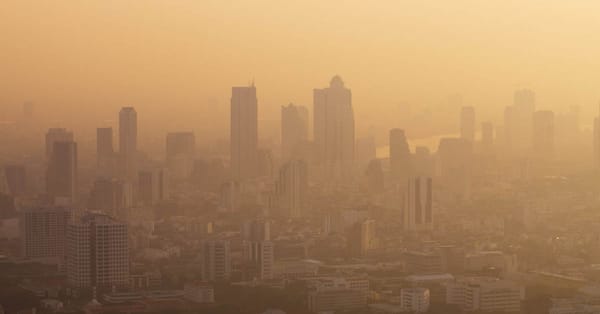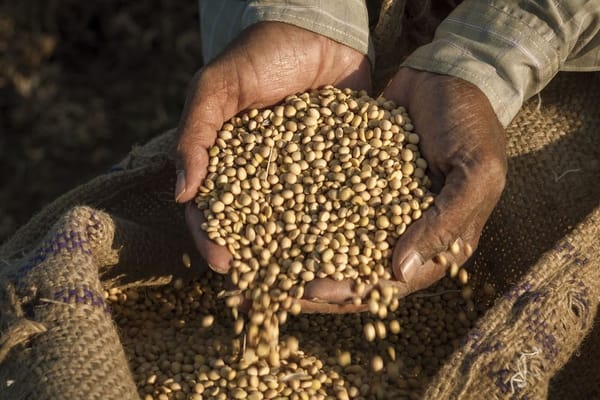Understanding Earthquake Aftershocks and Safety Checklist
Aftershocks can be just as deadly as the main quake, especially in places with weak buildings. Learn how to stay safe after an earthquake and what steps to take to maximise your safety.

When a powerful earthquake strikes, it can leave behind collapsed buildings, broken infrastructure, and widespread fear. But even after the main quake stops, the danger isn’t over. Aftershocks, more minor earthquakes that follow the main shock, can still cause severe damage, especially in countries where buildings are not earthquake-resistant.
In developing countries, where many homes and schools are built from unreinforced brick, concrete, or wood, aftershocks can be just as deadly as the initial quake. Knowing what to do after a major earthquake can save lives and reduce suffering.
What Are Aftershocks?
Aftershocks are minor tremors after the main earthquake as the Earth’s crust settles. They can strike minutes, hours, days, or even weeks after the initial event, and sometimes, they are powerful enough to destroy already weakened buildings. In developing countries, aftershocks often cause more deaths than the main quake due to poorly constructed buildings collapsing. People are more vulnerable because of limited access to emergency services, first aid, or safe shelters.
Why Are Aftershocks So Dangerous?
- Weakened Buildings
Many buildings are already fragile before a quake. Aftershocks can easily bring them down. - Lack of Emergency Services
In rural or low-resource areas, help may be slow to arrive, and communities must act quickly on their own. - Misinformation and Panic
People often rush back into buildings or gather in unsafe areas, not knowing another quake might come.
What Should You Do After a Major Earthquake?
Even if the shaking has stopped, stay alert and cautious. Here's what to do:
1. Check for Injuries
- Help yourself first, then others.
- Stop bleeding with cloth, support broken limbs, and comfort children or elders.
- If you are trained, provide first aid. If not, try to find someone who is.
2. Stay Outside, Away from Buildings
- If your home is cracked, leaning, or unstable and do not go back inside.
- Stay in open spaces, such as school fields, courtyards, or farmlands.
3. Watch for Aftershocks
- Be mentally prepared — more shaking is likely.
- Stay in a safe, open area for at least a few hours, even if things feel calm.
“Drop, Cover, and Hold On” vs. Triangle of Life
The first priority is to get out of the buildings safely as soon as possible to avoid being trapped inside the buildings, considering the lack of search and rescue capacities in some countries. However, if you cannot get out of the buildings in some circumstances, most experts around the world recommend Drop, Cover, and Hold On:
- Drop to the ground
- Cover your head and neck under a sturdy table or desk
- Hold On until the shaking stops




But in many buildings in developing countries, total or partial collapse is possible — especially with poor conditions of buildings. In these cases, some may argue for the Triangle of Life method:
Lie next to a strong object (like a bed or table), not under it.
The idea is that when ceilings collapse, the object creates a small space beside it — a “survivable void.”
⚠️ Use caution:
- This method is debated and not officially recommended by global agencies.
- Drop, cover, and hold under a table or desk is still the best recommendation, according to the American Red Cross.
- If you feel your building is unsafe, get out as soon as the shaking stops and wait in the open.
Stay Informed (Even Without Internet)
In many rural areas, access to news or phone signals may be cut off. Try the following:
- Use radios or community speakers for updates.
- Ask local leaders or monks for verified information.
- Avoid spreading rumours — they can create chaos.
Check for Hazards
After the quake:
- Look for cracks in walls or ceilings.
- Avoid using matches or candles in case of gas leaks.
- Stay away from downed power lines and damaged bridges or wells.
Help One Another
Often in the developing countries, neighbors are the first responders:
- Share food, water, and shelter if possible.
- Help clear debris carefully.
- Comfort children and explain what’s happening in simple terms.
Emergency Kit Checklist (Basic Version)
Even a small bag can save lives. Include:
- Bottled water
- Dry food (rice, biscuits, dried noodles)
- Flashlight and batteries
- First aid supplies (gauze, pain relief, antiseptic)
- Copy of your ID or family documents
- Basic medicines (paracetamol, ORS, bandages)
Final Thoughts: Don’t Let Your Guard Down
In the developing parts of the world, where buildings are often not built for earthquakes, aftershocks can be deadly. Stay outside if it’s safe. Avoid risky buildings. Listen to local leaders or rescue teams. And remember, the first hours after an earthquake are crucial — act wisely, help others, and stay calm.





